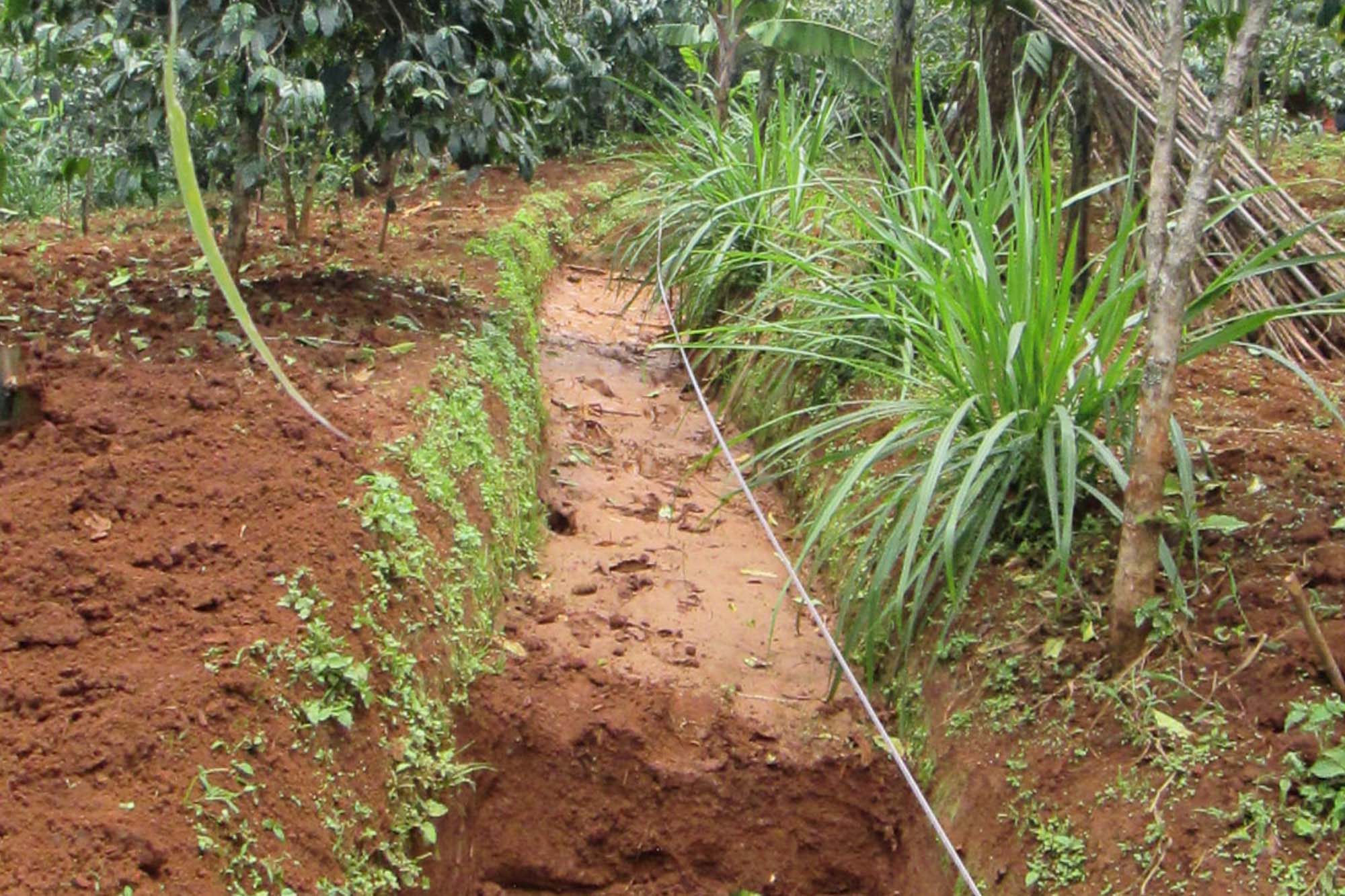Key Result Area (KRA) 1
Rural Livelihoods and Resilience in High Climate Risk Areas Built
Key Result Area 1
Rural Livelihood and Resilience in High Climate Risk Areas Built
This KRA is ECOTRUST’s contribution to Sustainable Development Goal 13. It seeks to build the capacity of households, communities and their natural capital to prevent, mitigate or cope with risk, and recover from climate induced shocks. In addition, this Key result area contributes to Sustainable Development Goals 8 and 15.
To build the capacity of households, communities, and their natural capital to prevent, mitigate or cope with risk and recover from climate induced shocks
- Sustainable Development Goal 8: Promote sustained inclusive and sustainable economic growth, full and productive employment and decent work for all
- Sustainable Development Goal 13: Take urgent action to combat climate change and its impacts.Sustainable Development Goal: 15 Protect, restore and promote sustainable use of terrestrial ecosystems, sustainably manage forests, combat desertification, halt and reverse land degradation and halt biodiversity loss.

Programmes

Trees for Global Benefits






Renewable Energy




Farmers' Voice Radio (FVR)






Ecosystem Based Adaptation (EBA) for Mount Elgon

Summary of Key Strategies
Increase community awareness on vulnerability, early warning, adaptation, and disaster risk reduction

Ecosystem Based adaptation is supporting smallholder farmers to adopt soil & water conservation activities
Community Visioning to identify sustainable long-term commercially viable initiatives / activities that suit community needs.
Farmers’ Voice Radio – To mitigate risks associated with natural disasters and build resilience of communities through engagement with experts over local radio.
Establishment of farmer field schools – To share experiences in adaptation strategies
Remote Sensing – To provide real time satellite data on the state of natural capital, linking to disaster risk reduction platforms.
Promote climate smart technologies and/or landscape level resource use practices

Agroforestry to build the resilience of smallholder farmers and their natural productive systems by increasing / maintaining woody biomass.
Restore and protect risk-prone communally accessed natural resources

Establish community-based conservation incentive and risk mitigation schemes

Forest Landscape Restoration (FLR) as a business – providing smallholders with diversified income generation opportunities, as a reward for investing in sustainable practices
Payment for Environmental Services: Mobilizing Foreign Direct Investment in Smallholder – led Agroforestry through PES
Non – Cash Rewards: supporting participating farmers with capacity building, access to markets, affordable credit finance etc.
Influence landscape level by-laws on conservation and response to climate risk

Collaboration with district local governments to create stronger legal instruments to protect land and build the capacity of communities for understanding the benefits of their resources and need for the sustainable management.
Support formulation of community by-laws to address issues of, free grazing, loss of tree cover, conflict with protection agencies, forest encroachment, gender inequality, displacement etc. through.
- Consultations with district officials and community leaders
- Community mobilization at village, parish, and sub-county level
Facilitate MoUs between protection agencies i.e. UWA & NFA and local communities’ groups to address issues of poor governance around natural resources management
Choose the Service Plan You Want
Etiam porta sem malesuada magna mollis euismod. Cras mattis consectetur purus sit amet fermentum. Fusce dapibus, tellus ac cursus commodo, tortor mauris condimentum nibh, ut fermentum massa justo sit amet risus.









Follow Us On